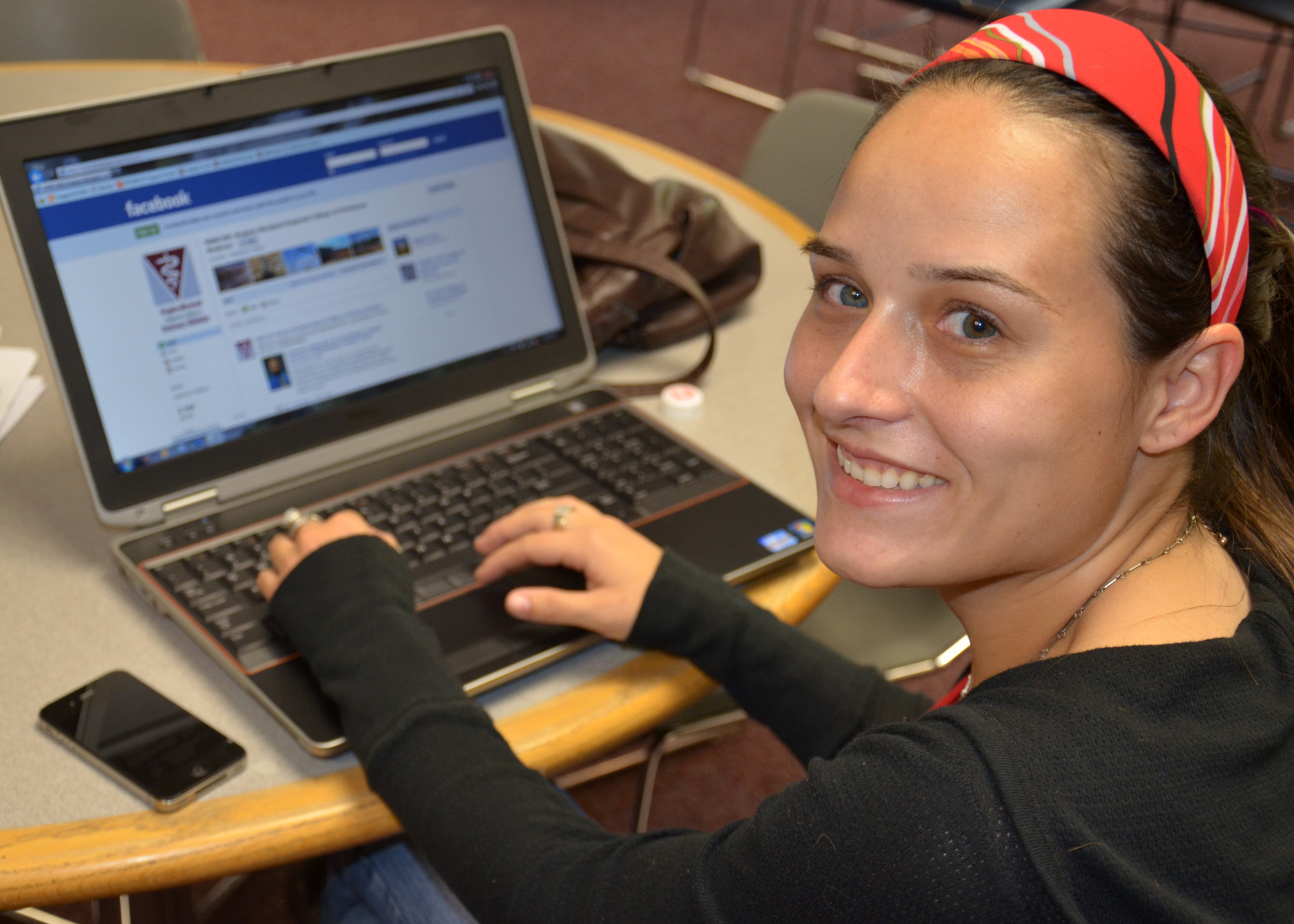Veterinary college uses social media, new technologies to communicate with students and clients

The Virginia-Maryland Regional College of Veterinary Medicine is leveraging the power of social media and other new communication technologies to reach current and prospective students, alumni, and clients.
Between adopting an innovative, new admissions process and moving forward on capital projects that will increase classroom and laboratory space, the veterinary college’s social media outreach is one of many initiatives to advance its instructional and research programs.
“We are engaging a variety of stakeholder groups through Facebook, Twitter, LinkedIn, and Flickr,” said Alison Elward, Web communications manager for the veterinary college. “We are encouraging a two-way dialogue and conversations in addition to sharing the news.”
Like its peer institutions, the veterinary college first dabbled in social media to open lines of communication with prospective and current students and share news with alumni. Today, social media and new communication technologies, such as video conferencing, have made their way into the college’s daily life.
“The college has begun holding information sessions for prospective students and applicants using Skype,” said Dr. Jacque Pelzer, director of admissions and students services for the veterinary college, referring to the popular software program that allows users to make voice and video calls over the Internet. “We have even done some individual interviews and sessions using Skype and have found that this one-on-one interaction is much more personable than an email or phone conversation could ever be.”
The use of video is not limited to the college’s recruitment and admissions efforts, however. Dr. David Caudell, assistant professor of biomedical sciences and pathobiology, has incorporated video blogging into teaching efforts.
“I use video blogs as a means for instructor feedback in my graduate-level pathology course,” said Caudell, who explained that he coordinated his efforts with Kimberly Mitchell, a faculty member teaching a undergraduate-level social sciences course, and used his experiences for a conference presentation on the effectiveness of video blogging in the classroom.
Throughout the semester, his students produced three-minute video blog entries about their impressions of the course material and the instructor’s approach based on structured questionnaires. Caudell then used this information to get feedback on his teaching style and how students learned.
In addition to finding ways to use social media as a teaching tool, the veterinary college is looking to leverage its potential impact on animal and human health. According to Dr. Gary Vroegindewey, director of Global Health Initiatives at the college’s Center for Public and Corporate Veterinary Medicine in College Park, Md., the 7.0 magnitude earthquake in Haiti in January of 2010 highlighted the importance of social media in emergency planning and response.
“Social media was proven effective in many aspects of the Haiti earthquake response, but more research needs to be done to understand how to best leverage social media and network capabilities for resilience and response and more education is needed for disaster management personnel,” Vroegindewey said.
He added that emergency personnel, government agencies, and nonprofits can use social media for many purposes during a disaster — including notification, damage assessment, search and rescue, mapping and GIS, and advocacy and fundraising — and should consider establishing a U.S. animal resilience system to address animal health issues during emergency situations, such as the spread of infectious diseases.




